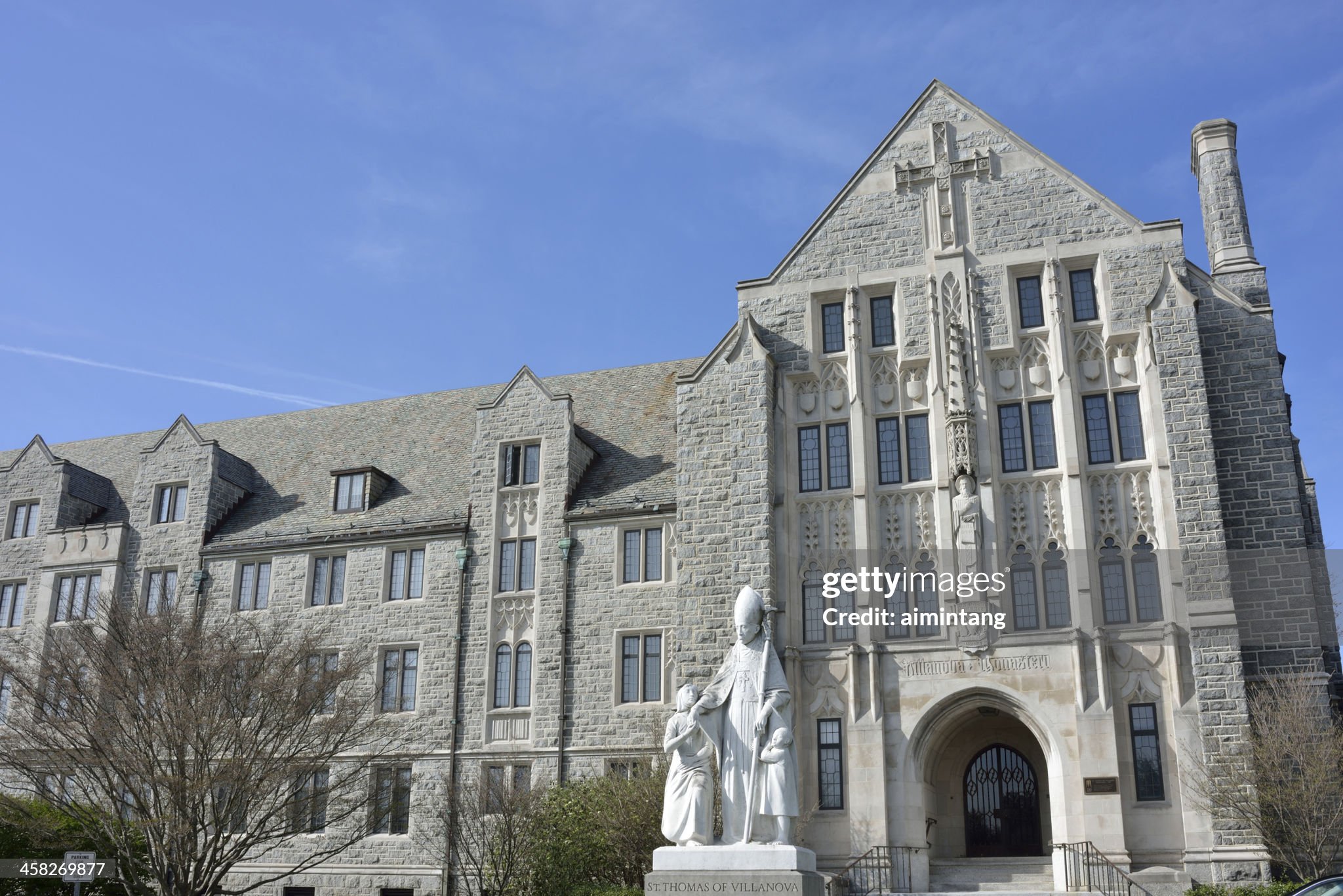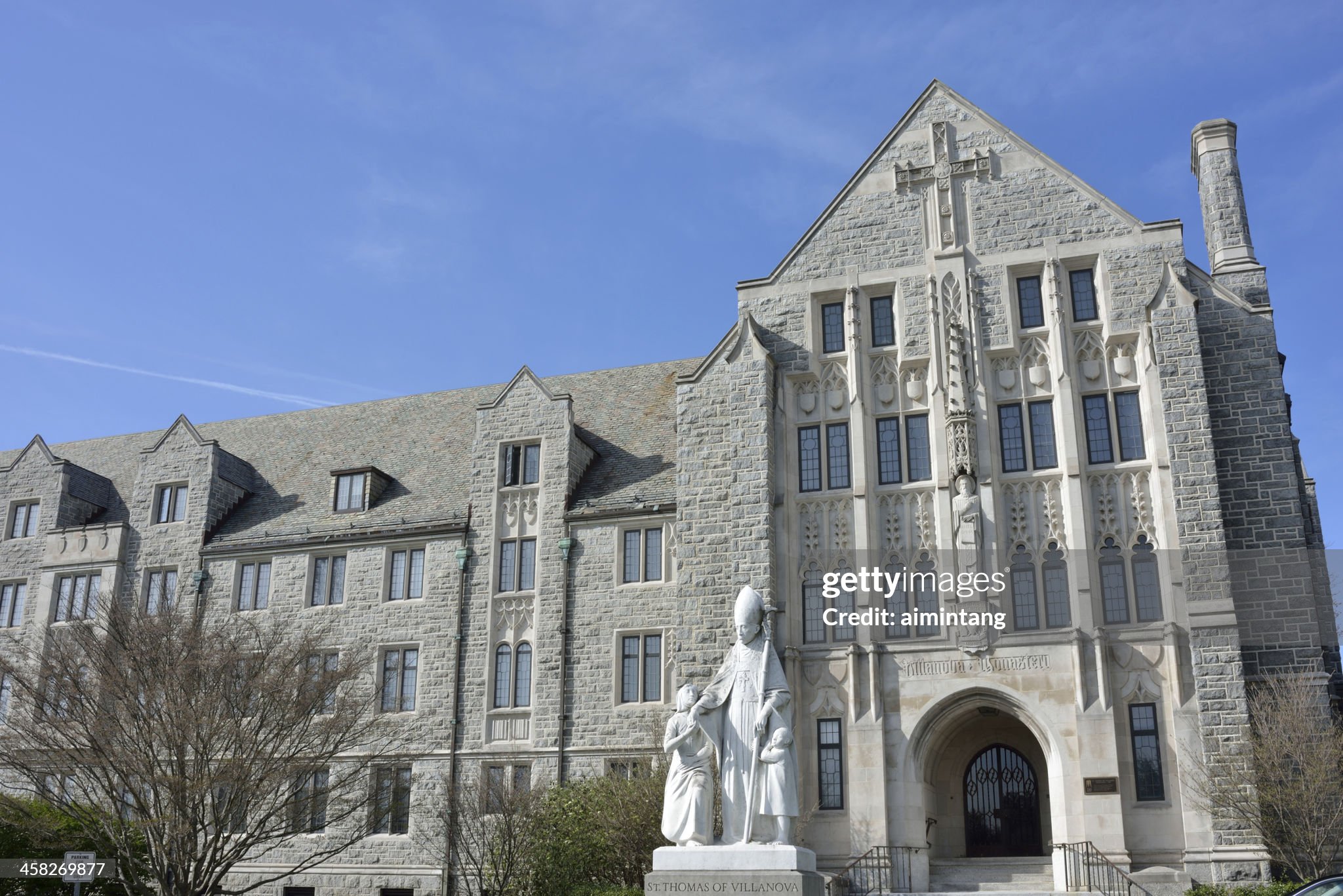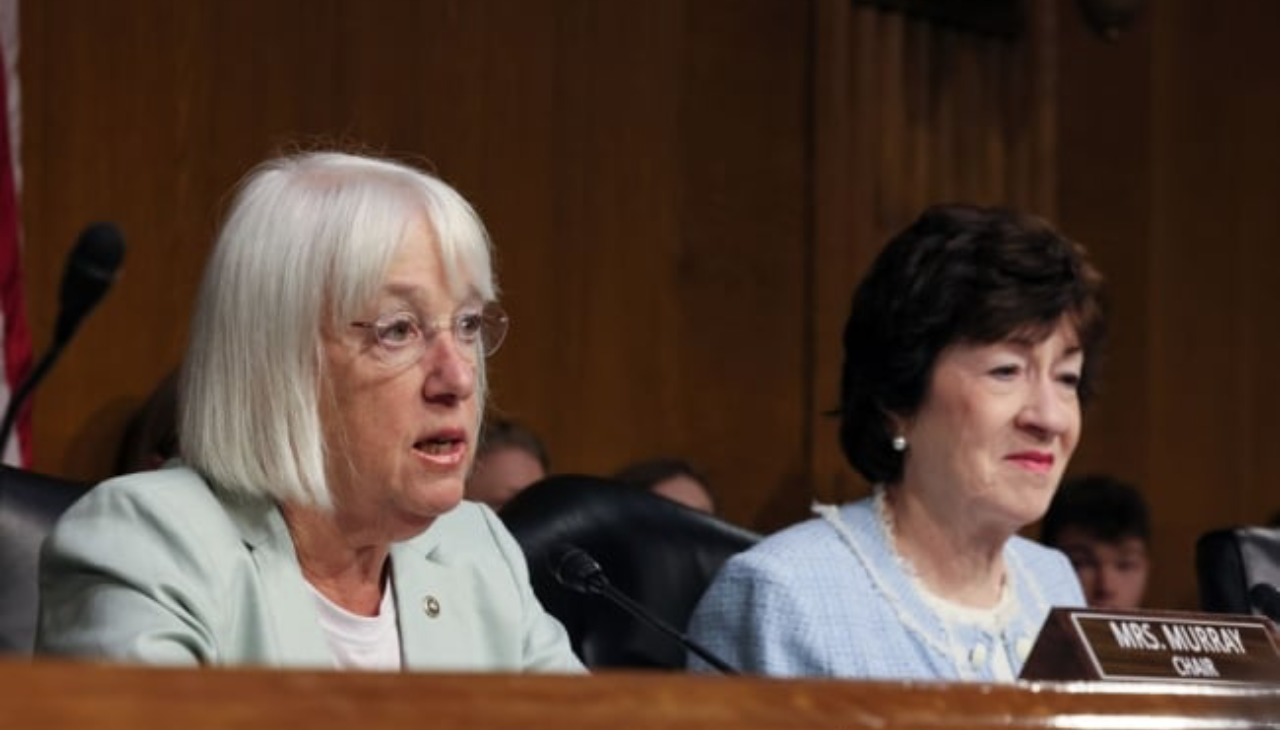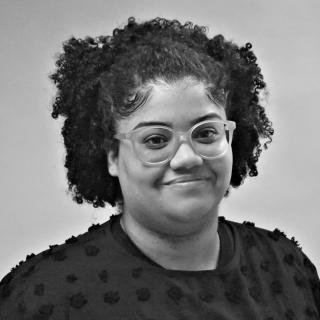
Discovering her value as a Chilean architect
Viviana Urra is a Harvard student fighting for Chile’s economic growth and development
I was unable to complete some applications on time
Viviana Urra is a Chilean architect and graduate of the University of Chile. Her undergraduate research focused on recovering the plastic debris from the south pacific gyre. She is in her last semester pursuing a Master’s in Energy and Environment from Harvard University Graduate School of Design.
In 2019, when she applied to attend Harvard, Urra was living in Chile, which marked more than 40 days of the social strike as protestors demanded better pensions and job protection, health care and education, and wage increase.
She cites systematic issues as the main factor in making the application process more complicated—all her documents, transcripts, and grades needed to be translated by either an official translator and if not by an official translator, the Ministry of Foreign Affairs stamp was required—which was arduous to achieve due to the strike.
“I was unable to complete some applications on time,” she reiterates. But her determination paid off despite social unrest, the COVID-19 pandemic, and poor internet connection. Despite this, she submitted all documentation required by Harvard—later receiving her acceptance letter and embarking on a new journey, assimilation.
Chile education system
Chile’s education system follows specific entrance criteria for higher education with exams administered by a Council of Rectors with mandatory examinations in math and language. Also, students need to take course-specific exams.
Urra needed to decide whether to take history or science—deciding to take the history exam to become an architect.
“You could have a final score that will lead you into a ranking that tells you, you can go to this university,” she adds.
Deficits in study plan mobility only meant eighteen-year-old Urra would pursue a career in what she “knew”—choosing a career in architecture because she was good at drawing and, in her words, could allow her to “understand the world more.”
A “discovery path” is what Urra calls being an architect. “I’m discovering what I’m doing, and I think that’s part of my path and the charm of the situation,” she assures.
According to the World Bank Group, Chile is part of the “Pacific Ring of Fire,” a region exposed to the occurrence of geological and hydrometeorological disasters— earthquakes, volcanic activity, and tsunamis that impact climate change and causes Chile to be more prone to floods, landslides, and droughts—presenting significant implications for economic growth and development.
Acknowledging how prevalent droughts are in Chile and the importance of climate change mitigation, she discusses the need to acquire technical skills, “I’m not going to be the most expert in building computational science because, one, I never had the resources before to explore this area and that of course, is a skill that you learned from before.” She adds that it took for her to be at Harvard to know that she is an asset in the field and has skills that are also valuable.
RELATED CONTENT
Professional development at Harvard
Urra was engrossed by how sustainability works. She shared that her mother passed away last year, which forced her to prioritize her mental health.
After a much-needed break from her studies, the Chilean zealot explored how sustainability works with communities in Puerto Rico as one of four students from Harvard who attended The Puerto Rico Winter Institute early this year.
The student group came from diverse professional fields: architecture and planning, law, culture, religion, romantic literature, international politics, and sustainable design— providing different views regarding climate change and, in Urra’s words, was “an interesting way of learning.”
“It’s difficult to be an immigrant and be far away in these situations—Puerto Rico helped me to find myself again,” she explained. “[I was able to] understand that despite these situations, I am still a good professional.”
Loiza, Puerto Rico, a location surrounded by two rivers—Urra was interested in mitigating the impact of climate change and a sustainable design for the community.
She continues taking additional courses and participating in projects related to climate-sensitive and urban and environmental technology implementation.











LEAVE A COMMENT:
Join the discussion! Leave a comment.